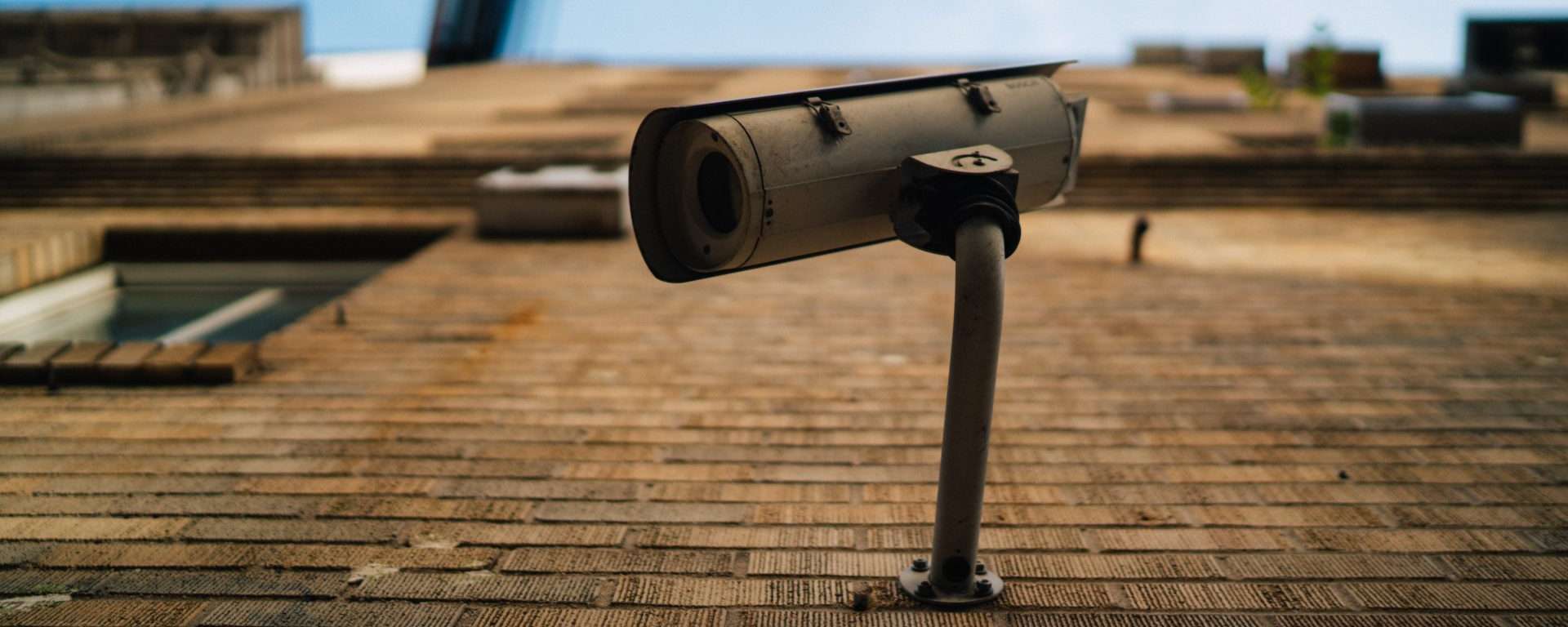Due to the advancements in technology and the sheer variety of home security systems on the market, it is easy for consumers to get confused. There are so many models, features, and whiz-bang gadgets out there, it’s little wonder the average homeowner has a hard time making sense of it all. So to help demystify the process of buying a CCTV system, we’ve put together eight key aspects you mustn’t overlook.
How Many Cameras You Need
High-end home security systems, such as the Pinkerton CCTV security systems contain heaps of cameras to cover every conceivable corner of your home. But do you really need to film every square inch? Remember, the more cameras a system has, the more it will cost.
The first thing you should do is work out which rooms and exterior regions you need to cover, and to what extent.
Camera Type
Home security cameras generally fall under two main types: bullet and dome.
As the name implies, bullet cameras look somewhat like a bullet, which makes them super easy to spot. In that respect, they’re an excellent option to put outside as they will deter would-be thieves. On the downside, bullet cameras aren’t exactly subtle, so many people don’t like their aesthetics. And the fact that they’re easy to spot also makes them easy to vandalise.
Dome cameras, as you may have guessed, are shaped like a dome. The design is far more discreet, which makes them a preferable option for indoor use. Dome cameras also have a much wider viewing angle than bullet cameras and are more difficult to tamper with.
Most homeowners choose a combination of the two, installing bullet cameras outside to deter burglars and domes inside to monitor the interior discreetly.
Cable Installation
Nowadays, you can connect a home security system to the internet and the A/C through one cable, thus greatly simplifying the installation process. Some cameras even operate over your home WiFi system, meaning they don’t need a wired data connection at all.
However, all but the most basic battery operator cameras do require an A/C connection, so it’s crucial to ensure that wiring them to the mains is viable. Before purchasing a system, ask your home security expert for an estimate on how much the installation would cost.
Night Vision
Night vision and infrared technologies have revolutionised the security industry. Nowadays, a high-end home security system can spot a potential intruder from as far as 200 metres away.
Of course, advanced night vision/infrared technology is expensive, so consider your needs. If you’ve got a suburban home, you might only want a simple night vision camera that covers the front and back yard. If you’re protecting commercial or rural property, then you probably want several different units with high-end technology.
Storage
Storage is a crucial aspect to consider, which once again depends on your budget and requirements. The more you pay, the longer you can retain your footage. A top-end cloud storage plan will see your system automatically upload footage to the internet, allowing you to retain it indefinitely. Cheaper systems work on a localised Hard Disk Drive, meaning you’ll eventually have to overwrite old footage to make room for the new stuff.
Furthermore, resolution greatly affects your storage capacity. The better quality the footage, the more data it’ll require.
Remote Access
Would you like to be able to monitor your home from the office to confirm you didn’t leave the oven on? Or maybe you’d love to lock your doors or turn off the A/C from your mobile phone?
Remote access allows all this, as well as numerous other cool features. Of course, the downside is that it’ll cost you more.
Live Monitoring
The best home security systems include a live monitoring feature, where the homeowner pays a remote team to watch over their home. In the event of a potential emergency like the activation of a smoke alarm, a real human will assess the situation and phone the authorities, if necessary. The precious minutes saved in these situations could easily be enough to prevent your home from being burnt to the ground. Although a fantastic feature, live monitoring does incur a monthly fee.
Professional Installation
Some home security systems out there are easy DIY jobs, while others require a professional to install. Obviously, the latter is substantially more expensive than the former. On the other hand, professionally installed systems are far more powerful than their DIY counterparts.
With the above tips in mind, you’ll be better prepared to navigate the minefield of the home security business. And remember, if in doubt, you can always ask for advice from your preferred home security supplier.

